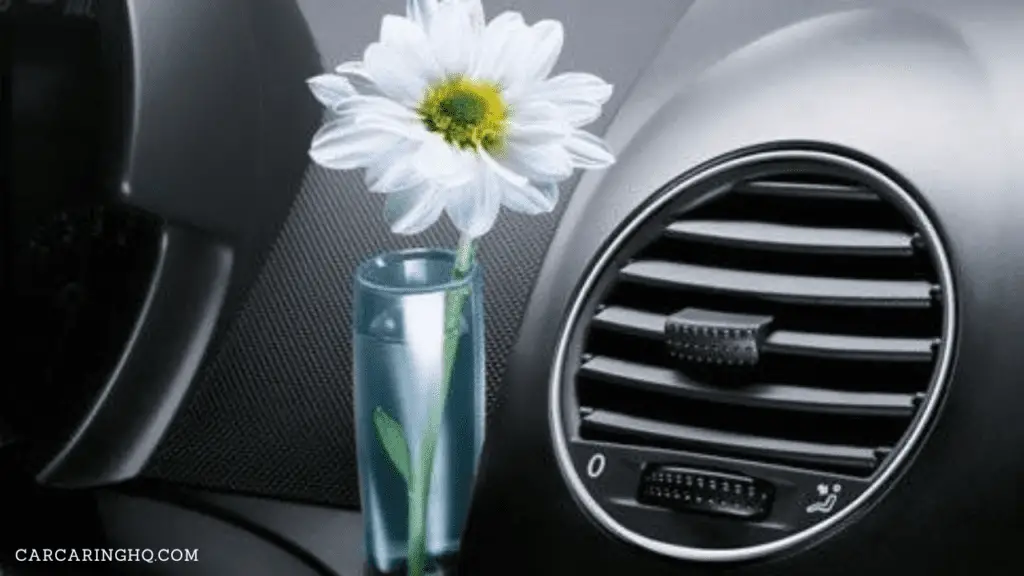
The Volkswagen Beetle is not just a car; it’s a symbol of innovation, quirkiness, and timeless design.
One peculiar feature that has captured the hearts of many is the infamous bud vase that adorned the dashboard. Let’s delve into the history of the Volkswagen Beetle bud vase and how it added a touch of nature to the iconic car.
Table of Contents
Evolution of the Beetle Bud Vase
A Whimsical Touch
The bud vase concept was introduced in the 1950s as a part of the Beetle’s dashboard design.
It was a small cylindrical container intended for holding a single flower, bringing a slice of nature into the car’s interior.
Inspiration Behind the Design
The inspiration for the bud vase came from the desire to infuse a sense of positivity and cheerfulness into the driving experience. This small touch emphasized the idea of connecting with nature while on the road.
Cultural Relevance
The bud vase wasn’t just a decorative element; it reflected the cultural shift of the era. The 1960s witnessed a surge in the interest for flower power and harmony with nature, and the bud vase perfectly encapsulated this sentiment.
The Bud Vase Phenomenon
A Personalized Experience
Car customization has always been a way for owners to express their personality. The bud vase took this concept a step further, allowing owners to regularly change the flower, adding a unique personal touch to their vehicle.
Conversations Starter
The bud vase often sparked conversations. Whether it was a daisy, a rose, or a sunflower, the flower in the bud vase acted as an icebreaker, making strangers smile and connect over a shared appreciation for nature’s beauty.
Iconic Status
Over time, the bud vase became synonymous with the Beetle’s identity. It’s hard to imagine the Beetle without this charming and quirky accessory, making it a quintessential part of the car’s legacy.
Revival and Nostalgia
Modern Interpretations
With the revival of the Volkswagen Beetle in various forms, the bud vase also saw a comeback. Car enthusiasts and collectors embraced this nostalgic element, showcasing the timeless design that still resonates with the modern world.
Nostalgia Marketing
Volkswagen cleverly used the bud vase’s nostalgic value in their marketing campaigns. They tapped into the emotional connection that people have with the Beetle and its iconic features, reigniting interest in the classic car.
Conclusion
The Volkswagen Beetle bud vase is more than just an accessory; it’s a representation of an era, a sentiment, and a connection between humanity and nature. From its whimsical inception to its enduring legacy, the bud vase is a small detail that has left a big impact.
The concept of the bud vase brings to mind not only the Volkswagen Beetle itself but also the concept of adding a touch of nature to the driving experience.
The combination of the Beetle and the bud vase paints a picture of a charming, flower-adorned dashboard that captures attention and creates a unique visual appeal.
As we look back at the history of this charming feature, we’re reminded of the power of design to evoke emotions and create lasting memories.
FAQs
1. Why did Volkswagen include a bud vase in the Beetle?
Volkswagen introduced the bud vase to infuse a sense of positivity, nature, and personalization into the driving experience.
2. Can you still find bud vases in modern Beetles?
With the revival of the Beetle, modern interpretations have embraced the bud vase, tapping into nostalgia and allowing enthusiasts to relive the charm.
3. What kind of flowers were commonly placed in the bud vase?
Owners often placed a variety of flowers, from daisies to roses, to add a touch of nature’s beauty to their Beetle’s interior.
4. Was the bud vase popular outside of the US?
Yes, the bud vase phenomenon transcended borders and became a beloved feature globally, reflecting the universal appreciation for nature and individuality.
5. What other unique features defined the Volkswagen Beetle?
Alongside the bud vase, the Beetle was known for its distinctive curvy shape, compact size, and efficient design, all contributing to its iconic status in automotive history.







